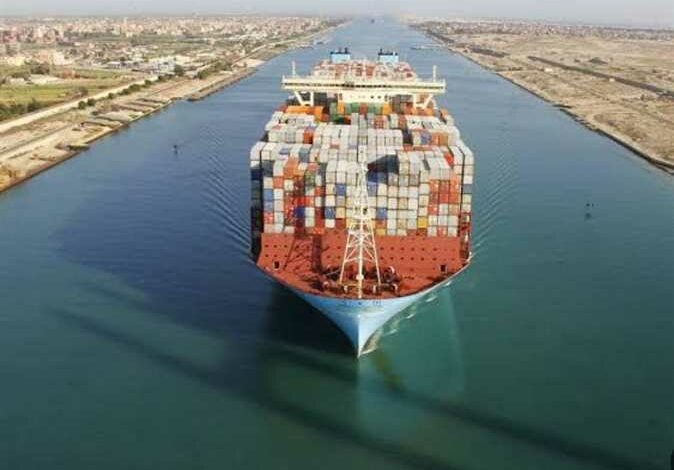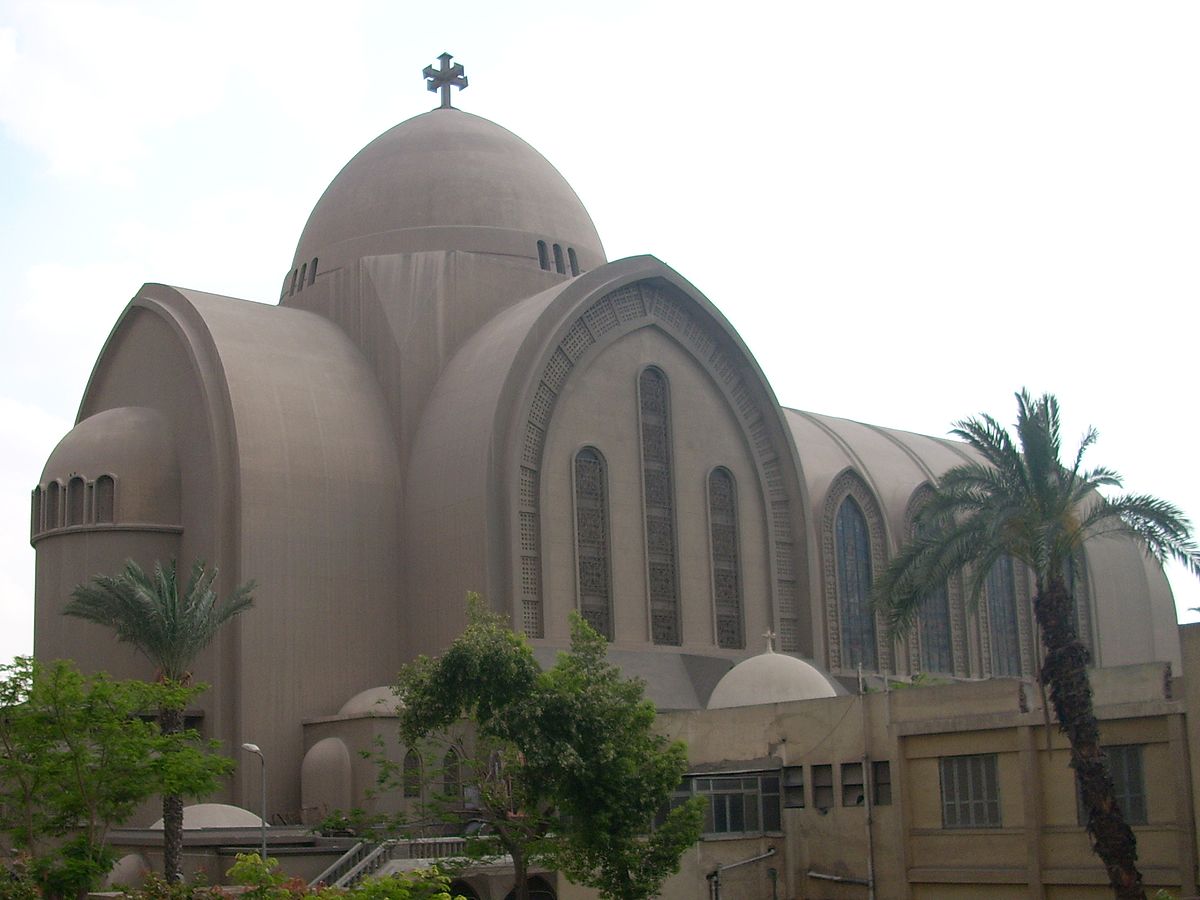The Panama Canal is an important waterway linking global trade between the Atlantic and Pacific Oceans – however, the canal has been suffering from a severe drought since July 30, forcing the canal administration to impose restrictions on navigation for a full year.
Among these decisions is reducing the number of ships allowed to cross daily from 40 to 32 ships, causing a decline in its revenues by about $200 million, alongside only allowing the crossing of ships whose hull depth does not exceed 11 or 13 meters below the surface of the water, and reducing the number of daily trips to only 18.
The Panama Canal operates through locks, and water is supplied through Lake Gatun, which currently suffering from a drop in its water levels.
Due to this crisis, some experts estimated that
the Suez Canal would be the largest beneficiary of the drying up of the Panama Canal, which would raise the canal’s revenues.
Egypt’s Suez Canal operates through an open and safe water route, in addition to the increased capabilities of the canal in receiving goods transported via ships and sea containers, and the recent expansion of
the new Suez Canal project.Furthermore, the canal does not require unloading and loading cargo again.
A positive step for the Egyptian economy
Egyptian maritime expert, Mohamed al-Rawi, explained that each ship has a different draft from the other, the draft being “the part submerged under water” which varies based on size and load and when it passes through any waterway or entering a specific port.
The possibility of passage is determined according to these factors, he said, noting that the Panama has seen a decrease in water levels, hindering the passage of large ships carrying huge amounts of goods.
This has led to the disruption of ship movement and long queues in ship waiting areas.
Rawi said that presently, the Panama is facing a very big challenge due to climate change and lack of rainfall.
This has made passage through the Panama Canal subject to specific conditions, such as specifying a draft for ships crossing the canal, causing shipping companies and commercial ships resort to transport their goods through the Suez Canal.
He added that the Suez Canal is currently the safe alternative for shipping companies and commercial ships to transport their goods, noting that one must prepare well to receive commercial ships that will change their routes from the Panama Canal to the Suez Canal – a positive step towards moving the Egyptian economy.
Based on constructive research, it is expected that the Panama Canal will need 1,000 cubic meters of water to return to normal operation, he said.
On the other hand, Rawi noted that ship owners and operators may see some risks in passing through the Suez Canal and sailing in the Red Sea due to current tensions in the Gulf of Aden region.
Economic expert, Karim al-Omda explained that the revenues of the Suez Canal are close to US$10 billion, while the Panama Canal does not exceed two billion dollars.
Additionally, 12,000 ships pass annually through the Panama Canal, a number which may eventually fall by half, while the Suez Canal witnesses the passage of over 21,000 ships.
He confirmed that there is no comparison between the Suez Canal and the Panama Canal in terms of length; the former is 193.30 km while the latter is 80 km.
The maximum water depth of the Suez Canal (draft) is 24 meters and the Panama Canal reaches 12 meters.
The Panama serves movement between Europe, North and South America, China and Japan, he said, and since 2019 the Suez Canal has provided certain discounts to shipping lines coming from the American East and crossing to Asia by about 40 percent.
He noted that a larger number of ships can change directions and avoid passing through the Panama Canal, especially ships crossing from the American East and Mexico for Japan or China.
He went on saying that if the Suez Canal begins to give a flexible price policy and discounts for the passage of this type of ship, it will see a huge increase in revenues and the movement of ships that pass through it.
The El Nino phenomenon
The former head of the Meteorological Authority, Ahmed Abdel-Aal, believes that the drying up of the Panama Canal resulted from the “El Nino” climate phenomenon, which directly impacted North and South America.
The reduction of the water level in the Panama Canal has created logistical obstacles, he explained, slowing down the movement of maritime and international trade in it.
The Suez Canal will undoubtedly benefit from the movement of trade and ships using it as an alternative to the Panama, he said.
Edited translation from Al-Masry Al-Youm





